Freshwater Communities & Plankton

Freshwater aquatic plankton, viewed under microscope
Plankton are microscopic organisms that live suspended in the water environment and form a very important part of the freshwater community. They move via convection or wind-induced currents. In almost every habitat of a freshwater ecosystem, thousands of these organisms can be found, and due to their small size and simplicity, they are capable of occupying large expanses of water and multiplying at an exponential rate.
Plankton can be subdivided into two categories.
- Phytoplankton – Phytoplankton are microscopic plants that obtain their energy via photosynthesis. However, some species of bacteria are also capable of photosynthesis and also fall under this taxonomic category. They are important to the ecosystem because they are part of the primary producing community and assist in recycling elements such as carbon and sulphur which are required elsewhere in the community.
- Zooplankton – Zooplankton consists mainly of crustaceans and rotifers, and on the whole are relatively larger than their phytoplankton counterparts.
They are relatively unspecialized as their environment does not resist the large populations that can exist within their environment. Physiologically, there are many evolutionary adaptations that can be found that assist in the buoyancy of them and prevent their deaths by allowing themselves to be suspended in the water away from harm.
They can be found in large amounts in a small area, and as they are consumed in large numbers by herbivores (phytoplankton) and carnivores (zooplankton), they reproduce asexually to keep population numbers up. This is opposed to sexual reproduction with other organisms, which would take longer although it would increase genetic variation within the species.
Many factors can affect the distribution of plankton in an ecosystem, which has a detrimental effect on the rest of the ecosystem because, as mentioned, they form an essential part of the ecosystem. Phytoplankton harness new energy from sunlight and provide many other organisms as a means of food due to this while zooplankton are also an important source of food for many species. In light of this, a knock-on effect of starvation would occur if there is a lack of plankton in a particular environment.
Phytoplanktons are more abundant in areas with a high intensity of light, as they can convert this light energy into chemical energy while higher temperatures increase growth and multiplication of both phytoplankton and zooplankton. Elementary, the amount of available nutrients in the environment also plays a part in the distribution and density of phytoplankton.
You may also want to look at the Population Regulation tutorial in the Regulation of Biological Systems tutorial to look at factors that affect species in general and their population levels.
You will also like...
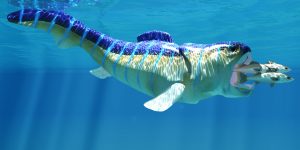
Fish
The sea was teeming with life. Eventually, through reproduction and continued variation, fish came about. There are over..
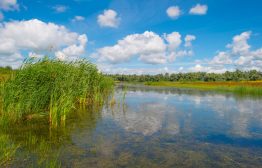
Still Freshwater & Plants
Plants in lentic habitats have features not found in terrestrial plants. They acquired these features as they adapt to t..

Physical Development in Humans
This tutorial elaborates on the physical development of humans, particularly from puberty to adulthood. Read this tutori..
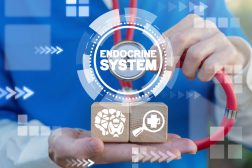
Principles of Hormonal Control Systems
Hormones are essential in the regulation of the activity of the various biological systems of the human body. The ineffi..
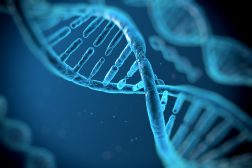
Genetic Control – On and Off Genes
Genes are the blueprint of our bodies, a blueprint that creates a variety of proteins essential to any organism's surviv..
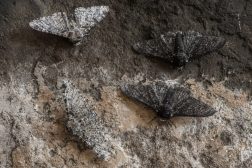
Examples of Natural Selection
Darwin's Finches are an example of natural selection in action. They are an excellent example of the way species' gene p..
